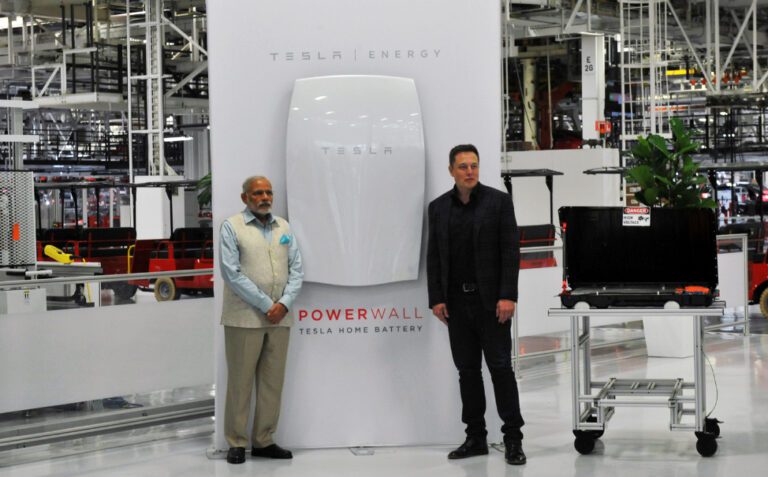
Maximizing Solar Cell Efficiency Through Photovoltaic Technology

Table of Contents
In the ever-evolving realm of renewable energy, the pursuit of higher solar cell efficiency remains paramount. Current solar technology primarily relies on silicon but with limited efficiency. This has led researchers to explore alternative materials, with ferroelectric barium titanate standing out for its potential to generate electricity from light without the need for a PN junction.
Despite its promise, challenges like low sunlight absorption have hindered widespread adoption, prompting scientists to seek innovative solutions. Explore the latest advancements in maximizing solar cell efficiency. Learn about cutting-edge technologies and techniques that are enhancing energy output and driving the future of renewable solar power.
MLU Researchers Introduce a Novel Technique
At Martin Luther University Halle-Wittenberg (MLU), a team of researchers has introduced a revolutionary technique aimed at transforming solar cell efficiency. Their unique approach involves creating crystalline layers with barium titanate, strontium titanate, and calcium titanate arranged in a lattice formation. Through meticulous experimentation, they have achieved a remarkable 1,000-fold enhancement in solar cell efficiency.
A Shift in Photovoltaic Technology
The breakthrough discovery involves a novel approach to improving the efficiency of solar cells by modifying the behavior of barium titanate (BaTiO₃), a widely studied photoelectric material. Traditionally, barium titanate has been used in photovoltaic applications for its ability to convert light into electrical current. However, researchers have now demonstrated that by exposing the material to laser light during photoelectric measurements, the flow of electrical current within the material can be significantly amplified.

This enhancement occurs even when the proportion of barium titanate in the material is reduced. Surprisingly, the modified material with a lower percentage of barium titanate exhibited a far greater increase in current flow compared to pure barium titanate of similar thickness. This discovery suggests that the laser treatment interacts with the material’s atomic structure in a way that increases the efficiency of light absorption and electrical conduction.
As a result, solar cells made from this modified material could capture and convert solar energy much more effectively than traditional photovoltaic cells. The implications of this breakthrough are profound, potentially leading to more efficient, cost-effective solar panels with a higher energy yield, thus propelling the next generation of renewable energy technology forward.
Furthermore, this discovery opens the door for other materials to be tested and optimized through similar laser-based techniques, further expanding the possibilities for next-generation solar technologies. The increased efficiency could significantly reduce the cost of solar energy production, making it a more viable alternative to fossil fuels and accelerating the global transition toward sustainable energy solutions. As researchers continue to explore the full potential of this technique, it could pave the way for advancements in energy storage, grid management, and the overall integration of solar power into the world’s energy infrastructure.
Implications for the Solar Industry

The implications of this innovative approach are profound for the solar industry. Solar panels utilizing this new material could revolutionize the landscape, offering heightened efficiency and cost-effectiveness compared to traditional silicon-based counterparts. Moreover, their reduced spatial footprint makes them particularly suitable for deployment in densely populated urban areas, addressing the challenge of space constraints.
Paving the Way for a Sustainable Future
By magnifying the photovoltaic effect within ferroelectric crystals, this groundbreaking material holds the key to unlocking the full potential of solar energy. The resulting surge in efficiency not only renders solar power more economically viable but also represents a crucial step towards reducing our reliance on fossil fuels and mitigating the adverse impacts of climate change. Indeed, the transition towards sustainable energy sources hinges upon such transformative innovations.
Towards Commercialization: A Promising Future Beckons
Buoyed by their remarkable findings, the research team is now focused on optimizing the new material and progressing toward the development of a prototype solar cell. Should they succeed in this endeavor, the commercialization of solar panels based on this innovative technology could become a reality within the next few years.
Already, their work has attracted keen interest from investors and entrepreneurs, with several start-ups exploring avenues for commercialization and venture capitalists eagerly stepping forward to support further research initiatives.
In conclusion, the journey towards a more sustainable future is driven by innovative materials and scientific ingenuity. The strides made by the researchers at MLU underscore the transformative power of materials science in reshaping the renewable energy landscape. As we stand on the brink of a solar energy revolution, fueled by advancements such as these, the prospects for a brighter, cleaner future grow ever more promising.








